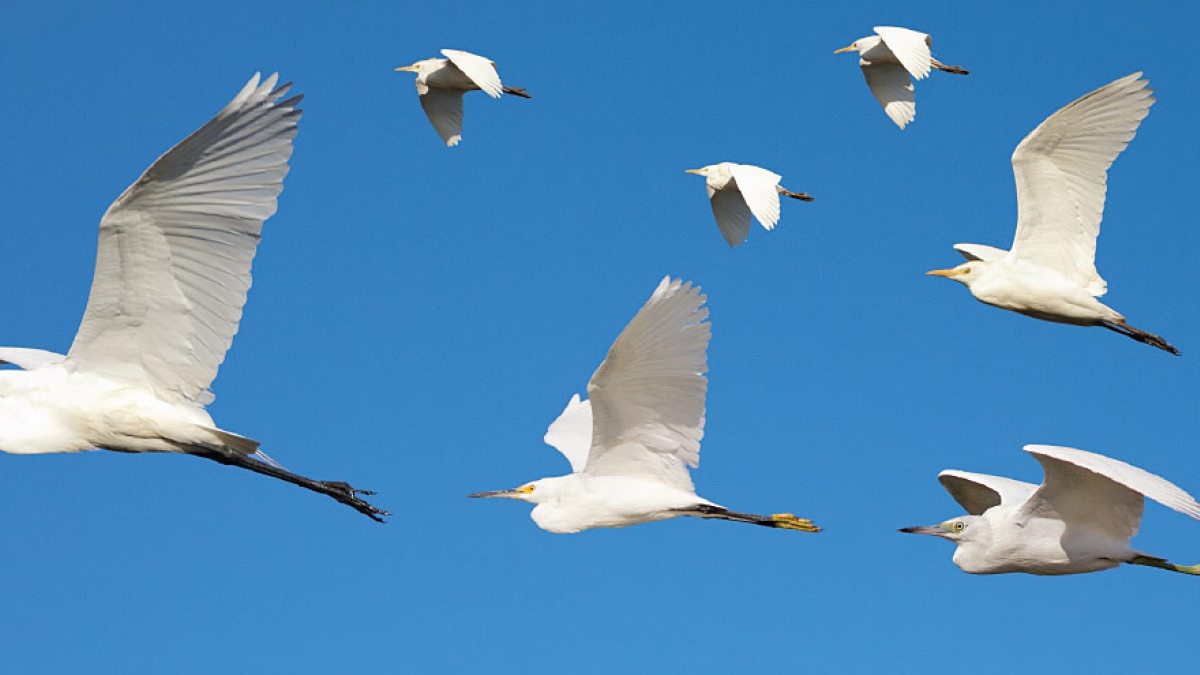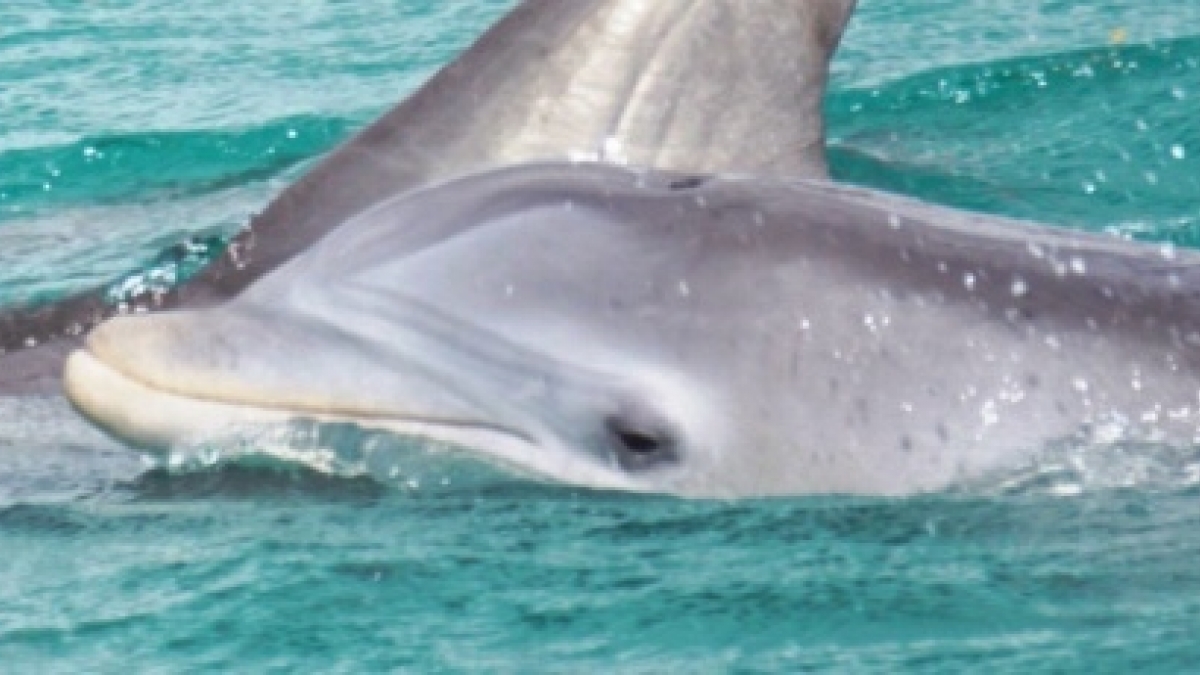
http://qbi.uq.edu.au/news/marine-life-showing-its-true-colours
Lorem ipsum dolor sit amet, consectetur adipiscing elit, sed do eiusmod tempor incididunt ut labore et dolore magna aliqua. Ut enim ad minim veniam, quis nostrud exercitation ullamco laboris nisi ut aliquip ex ea commodo consequat. Duis aute irure dolor in reprehenderit in voluptate velit esse cillum dolore eu fugiat nulla pariatur. Excepteur sint occaecat cupidatat non proident, sunt in culpa qui officia deserunt mollit anim id est laborum.
The major habitats have a reason as to why they are important, features and sections with brief overviews of the animals that live in them. As we continue on building this portion of the website, then the animal sections link to a more in depth page on the animal.

During one of our Kayak Eco Tours it is possible you could see six species of white herons, including the Great White Heron. You could also see the Wurdemann’s Heron, which is believed to be the product of breeding between Great White Herons and Great Blue Herons and is unique to the Florida Keys.
The Herons are long legged birds that live in fresh water and coastal regions. They family includes egrets and bitterns, as suggested by the photo above, differentiating the species can be quite the challenge!

“The only people who go into mangrove swamps are scientists and escaped convicts.”
American biologist E.O. Wilson
Around the world, there are about 50 species of Mangroves of which four live in the area you will explore during one of our Key West kayak tours, the Red Mangroves grow on the perimeter of the islands we kayak around and therefore are the most visible. The Red Mangroves grow in shallow salt water and provide habitat for fish in their numerous, submerged roots. Above the water the Mangroves provide an important habitat for birds.
The root structure of the Red Mangroves

It is necessary to remember that the dolphins have been living in this area for millions of years before the arrival of humans and that they lead rich and busy lives. We need to respect the fact that they have many priorities and they sometimes need their privacy and space. Wild dolphins are also very spontaneous and can sometimes go from feeding, to sleeping, to playing and mating within 20 minutes time. The following are some examples of dolphin behavior you may witness on one of our excursions to the dolphins’ home.
Our Behavior while Watching Wild Dolphins
We operate our boats with concern and common sense when observing wild dolphins. We never approach at high speed, chase or herd the dolphins. If we find ourselves within 50 yards of dolphins we operate at idle speeds and avoid using reverse gear. We do our best to stay on a parallel course to the dolphins in order to avoid blocking or interfering with their path. We absolutely never feed or harass dolphins.
